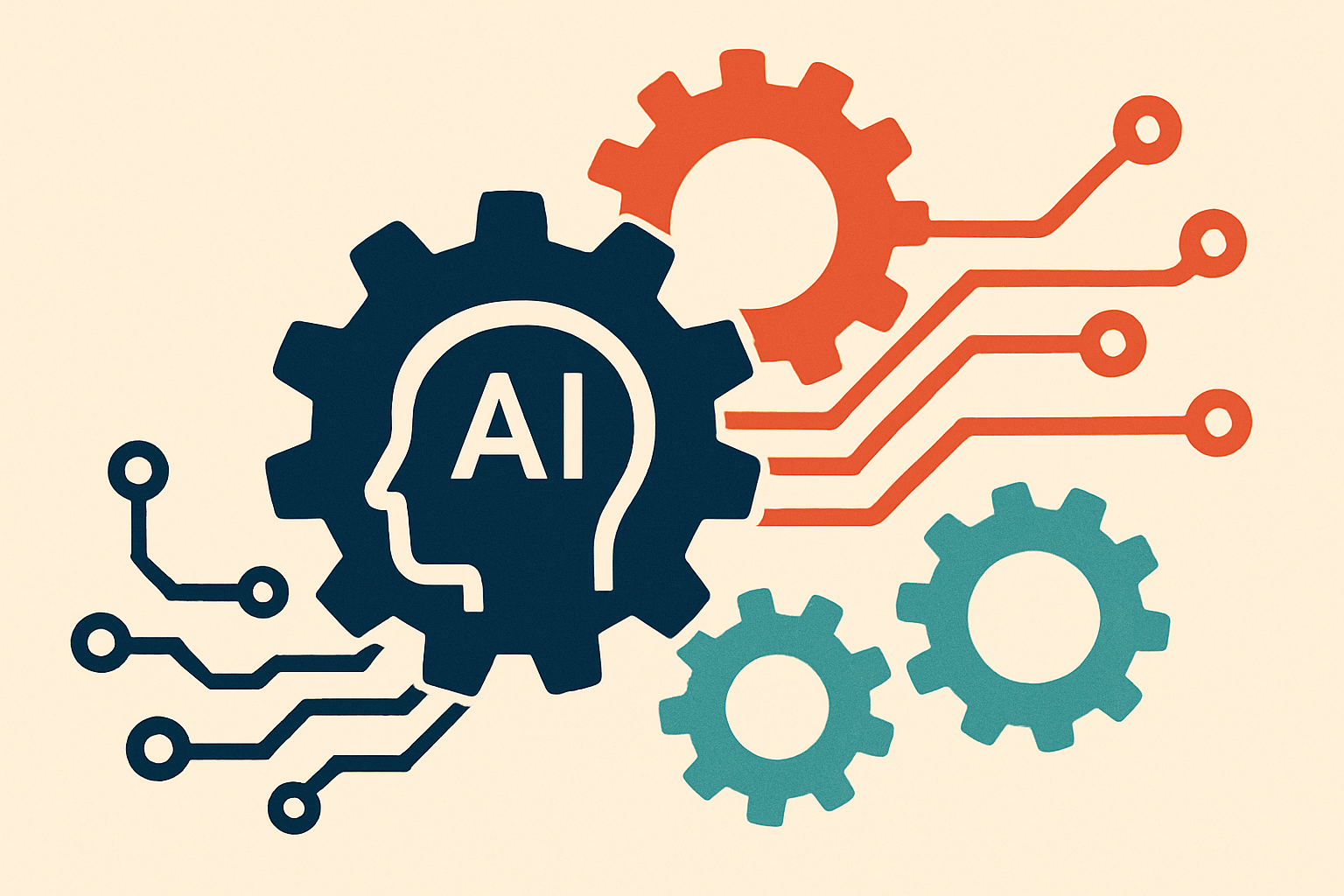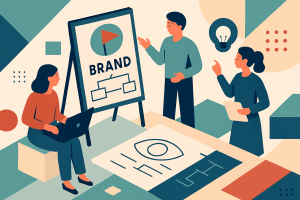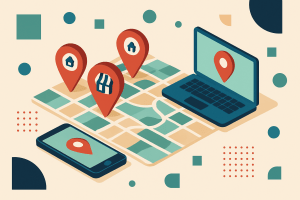
Harnessing AI and Automation for Creative Operations: A Practical Guide
Transform Your Creative Operations
Leverage AI and Automation to Drive Success in Marketing
Introduction to AI and Automation in Marketing
In the ever-evolving landscape of marketing, brands face the challenge of differentiating themselves while maintaining efficiency. Artificial intelligence (AI) and automation have emerged as pivotal tools in streamlining marketing workflows and enhancing creative operations. By effectively utilizing these technologies, marketers can not only improve productivity but also deliver personalized experiences that resonate with their audience.
The integration of AI can transform mundane tasks into automated processes, freeing creative teams to focus on strategy and storytelling. Meanwhile, automation allows for the execution of repetitive tasks without sacrificing quality, ensuring that campaigns remain agile. In this guide, we will explore practical applications of AI and automation in marketing, offering step-by-step workflows that you can implement immediately.
Understanding AI in Creative Operations
AI’s role in marketing extends beyond simple automation. Machine learning algorithms can analyze consumer behavior and predict future trends, enabling informed decision-making. This data-driven approach helps brands to create more targeted campaigns, increasing customer engagement and ROI. For instance, tools like HubSpot and Salesforce AI can analyze large amounts of customer data to identify which content resonates best with specific audience segments.
Moreover, AI can streamline creative operations by automating design processes or content creation. For example, tools like Canva’s Magic Write or Copy.ai can generate creative content quickly, allowing your marketing team to produce high-quality materials efficiently. By embracing AI, you can enhance creativity and ensure that your team remains competitive in the digital landscape.
Implementing Automation Workflows
To fully leverage automation within your marketing processes, it is essential to establish clear workflows that reduce manual intervention. Begin by mapping out your existing processes and identifying repetitive tasks that can be automated. Common targets for automation include email marketing, lead scoring, social media posting, and customer relationship management.
Once you have identified these tasks, employ tools like Zapier to connect different applications and automate notifications, updates, and data entry. For example, a workflow could involve automatically adding new leads from a web form to your CRM and sending an immediate welcome email without manual oversight. This saves time and ensures swift communication with potential customers.
Measuring the Impact of AI and Automation
Measurement is critical to understand your marketing efforts’ effectiveness. Start by defining clear KPIs to track the success of your AI and automation initiatives. Important metrics may include reduction in time spent on manual tasks, increase in conversion rates, or improved customer satisfaction scores. By establishing these benchmarks, you can gauge the impact of your efforts more accurately.
Consider tools like Google Analytics or HubSpot for tracking these KPIs. Utilizing a dashboard that aggregates these metrics will provide a comprehensive view of your performance over time. Regular assessment will allow you to make data-driven adjustments to your strategies, ensuring continued improvement in your automation workflows.
Case Study: Implementing AI in Content Creation
One company that successfully integrated AI into its marketing strategy is Netflix. The streaming giant employs sophisticated algorithms to analyze viewing habits and recommend content tailored to each user. This personalization not only enhances user engagement but also improves customer retention significantly, directly impacting the bottom line.
Similarly, an anonymized case from a mid-sized e-commerce brand illustrates the power of automation. By using automated email sequences for welcome campaigns and abandoned cart notifications, the brand increased its revenue per email sent by 30%. This level of engagement was achieved without additional strain on the creative team, who could redirect their energy toward developing new product lines.
Common Pitfalls and Misconceptions
A common misconception is that AI and automation will replace human creativity in marketing. While it is true that these technologies can handle repetitive and data-driven tasks, they should complement rather than replace human insight. Creative thinking and emotional intelligence are irreplaceable aspects of effective marketing. Brands must focus on leveraging AI to enhance these human elements, not to eliminate them.
Additionally, confusion over the implementation of these technologies can lead to failure. Ensure that your team has the necessary training to use AI tools effectively and understands when and how to automate processes. Regular training sessions can help keep your team updated on new features and techniques, ensuring they can fully exploit the benefits.
Creating a Framework for Success
To ensure your AI and automation initiatives are successful, consider the following framework as a checklist for implementation:
- Identify Repetitive Tasks: List the processes that consume the most time and can be automated.
- Choose the Right Tools: Research and select AI tools and automation platforms that align with your objectives and budget.
- Establish Clear KPIs: Define metrics that will help you evaluate the effectiveness of your automation efforts.
- Monitor and Optimize: Regularly assess your processes and make refinements as needed based on performance data.
- Train Your Team: Provide adequate training for team members to effectively use new technologies.
Implementation: A Step-by-Step Workflow
Ready to enhance your marketing operations with AI and automation? Follow this actionable workflow to kickstart your journey:
- Conduct an Audit: Review your current marketing processes to identify areas suitable for automation.
- Select Automation Tools: Choose tools such as Zapier, Integromat, or HubSpot that fit your needs.
- Create a Workflow Map: Design a visual representation of your new automated processes.
- Implement the Workflow: Begin automating your identified tasks progressively.
- Train Your Team: Ensure that staff understands how to use the new tools and workflows effectively.
- Monitor KPIs: Set up tracking for your established metrics to evaluate success.
- Refine Processes: Based on your monitoring, continuously optimize your workflows for better efficiency.
What Does Incorporating AI Mean
Incorporating AI and automation into your creative operations can significantly enhance your marketing effectiveness. By reducing manual tasks, you free up time for what truly matters: creative strategy and innovation. Focus on leveraging these technologies to boost your marketing activities. Remember to measure your success with defined KPIs, and don’t hesitate to refine your processes as needed.
Are you ready to transform your marketing strategy through the power of AI and automation? Schedule a consultation today to explore tailored solutions that will drive your brand’s growth and success.


